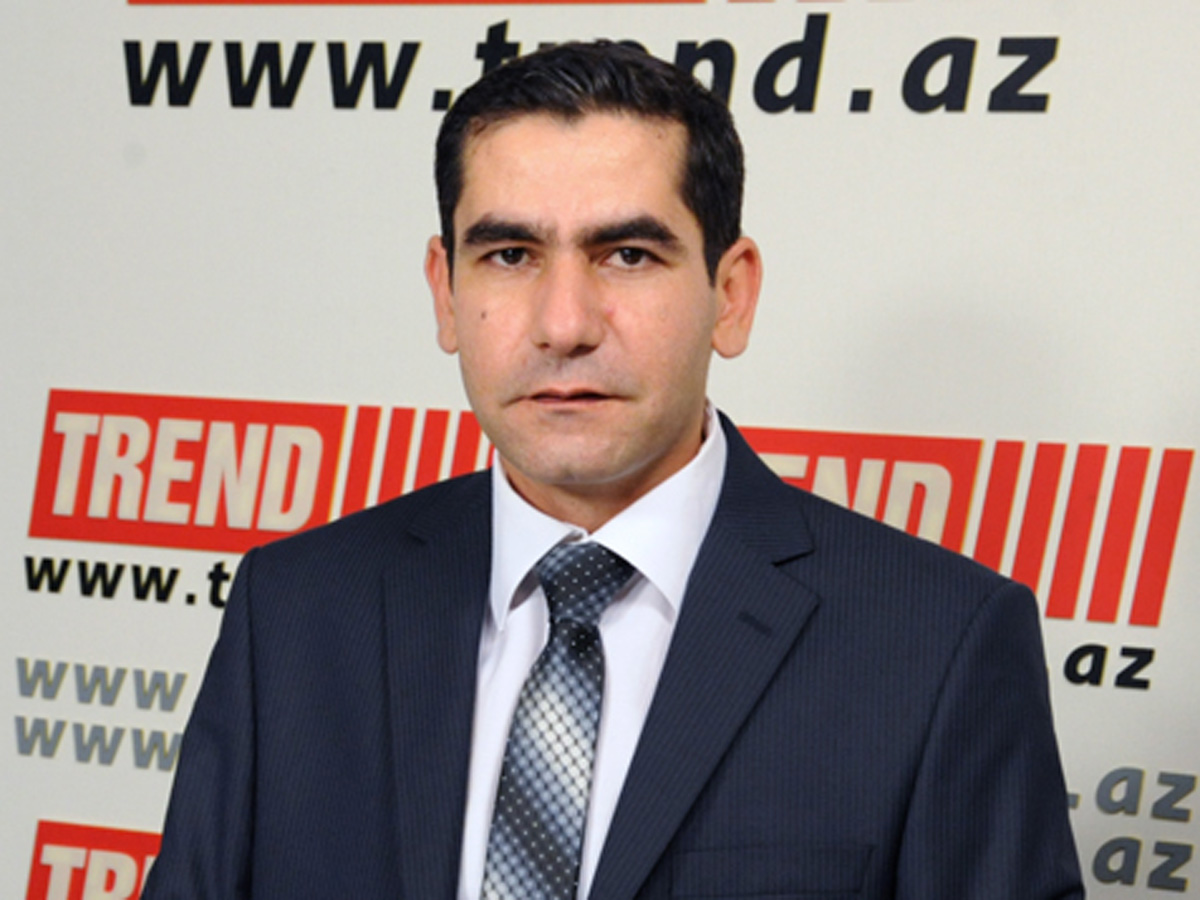By Dalga Khatinoglu
During his visit to Germany Iran's oil minister said that exporting gas through Turkey to the EU is not Iran's priority.
Bijan Namdar Zanganeh said on May 7 that "gas prices were too low in Europe and transporting gas there from Iran faces legal obstacles and costly fees. For example, if Iran wanted to export gas to Europe, it would likely go through Turkey, where it could be subject to transit fees".
During last month, as hopes for elimination of sanctions imposed on Iran have risen due to progress in the nuclear talks, estimations of joining Iranian gas to the Trans Anatolian Pipeline to be delivered to EU by Trans Adriatic pipeline were lauded.
Iran possesses 33.8 trillion cubic meters of gas reserves, making it number one in the world, while the country wants to increase gas production from current 660 million cubic meters per day (mcm/d) to about 1,100 mcm/d by 2019.
However, Zanganeh said, "Another option for Iran's gas export to EU is liquefying it and exporting by ship. Liquefied natural gas (LNG) is the most suitable option to sell gas to Europe", adding that this option won't be available for another three years.
In the light of current nuclear negotiations aiming to reach a comprehensive deal by June 30 and pave the way for elimination of the sanctions, Iran and Germany want to take the lead in resuming economic ties.
May 6 Mehr News Agency reported that Zanganeh would discuss the 'Iran LNG' project with Germany's Linde AG during his visit. The capital investment needed for the Iran LNG plant was estimated at $5 billion.
Linde AG had signed an agreement a decade ago to supply equipment to Iran for building a 10.5-million metric tons per year LNG production plant, but refused to keep the deal in 2010 due to the sanctions.
During Ahmadinejad's first presidency term (2005-2009), Iran should have built LNG plants with 70 million tons of production capacity, but all of them were cancelled due to sanctions. The LNG project contracts were with French Total, Spanish Repsol, Dutch-British Shell, Malaysian Petronas, Chinese SINOPEC group, Chinese CEPA, Polish state-owned gas company (PGNiG) and Malaysian Petrofield LNG Co.
Why LNG?
Iran has a project to realize 1,860 km 9th cross-country pipeline with 110 mcm/d gas delivery capacity from South Pars gas field to Turkey's border. The cost of this pipeline is estimated to be $6 billion. Last month, Iran proposed doubling gas export to Turkey, but Ankara rejected it. Iran currently sells 9.76 bcm/a of gas to Turkey.
Iran has another pipeline project worth $2 billion -more or less in the same direction- to transit 110 mcm/d gas from South Pars to Iraqi Kurdistan borders; an agreement with Iraq to deliver 25 mcm/d to Baghdad's power plants; and is preparing a 35 mcm/d of gas delivery to Iraq's Basra power plants, a region which is very close to South Pars.
Iran also has a deal with Oman and Pakistan to deliver 10 bcm/a of natural gas to each country. In the Oman deal, a 260 km under-water pipeline needs to be built, while the pipeline from South Pars to Pakistani borders has been mostly completed.
Therefore, it seems Iran is right to concentrate on regional markets, making delivery of gas to the EU Iran's non-priority.
Building LNG plants is more attractive for Iran, firstly because transferring gas through pipelines is very expensive, secondly, because Iran can sell LNG by shipping it to wherever it wants, leaving Iran independent from signing long-term deals with restricted markets.
Edited by CN
Dalga Khatinoglu is an expert on Iran's energy sector, head of Trend Agency's Iran news service
Follow him on @dalgakhatinoglu






